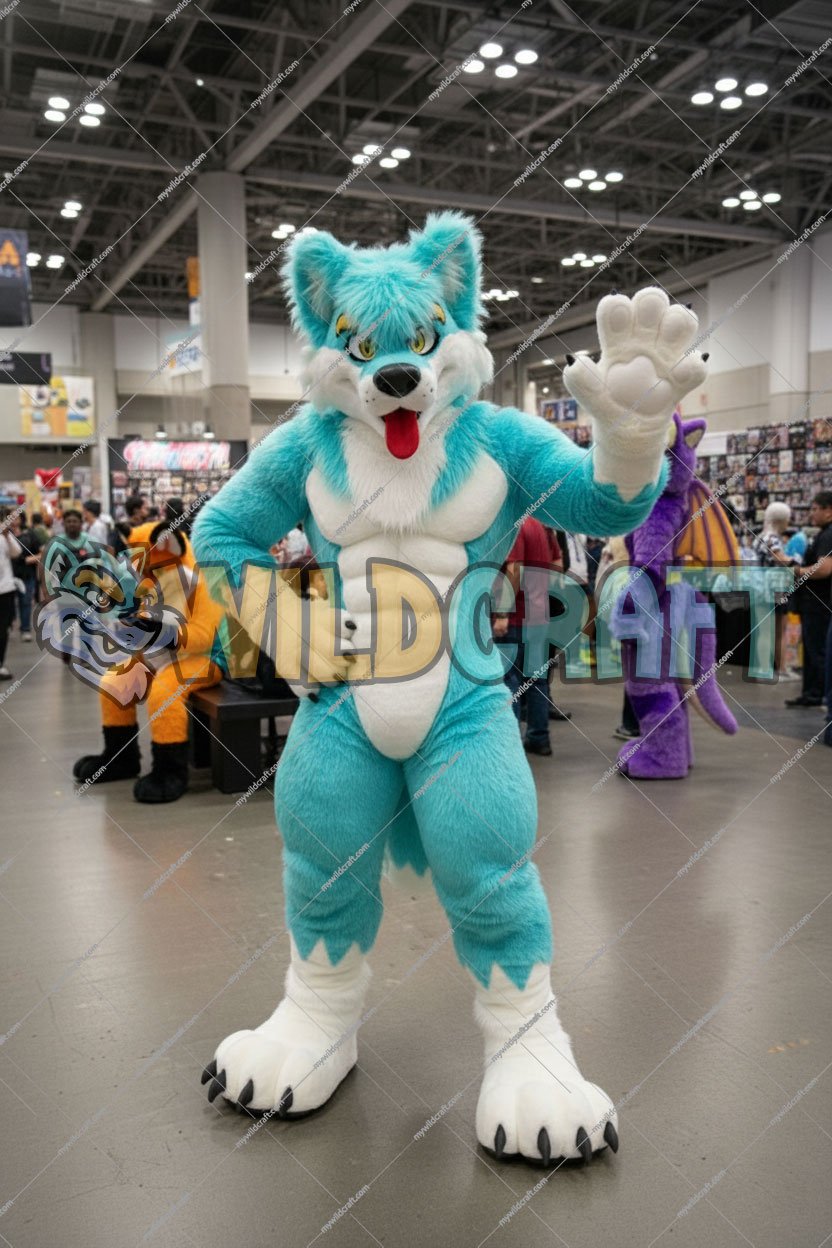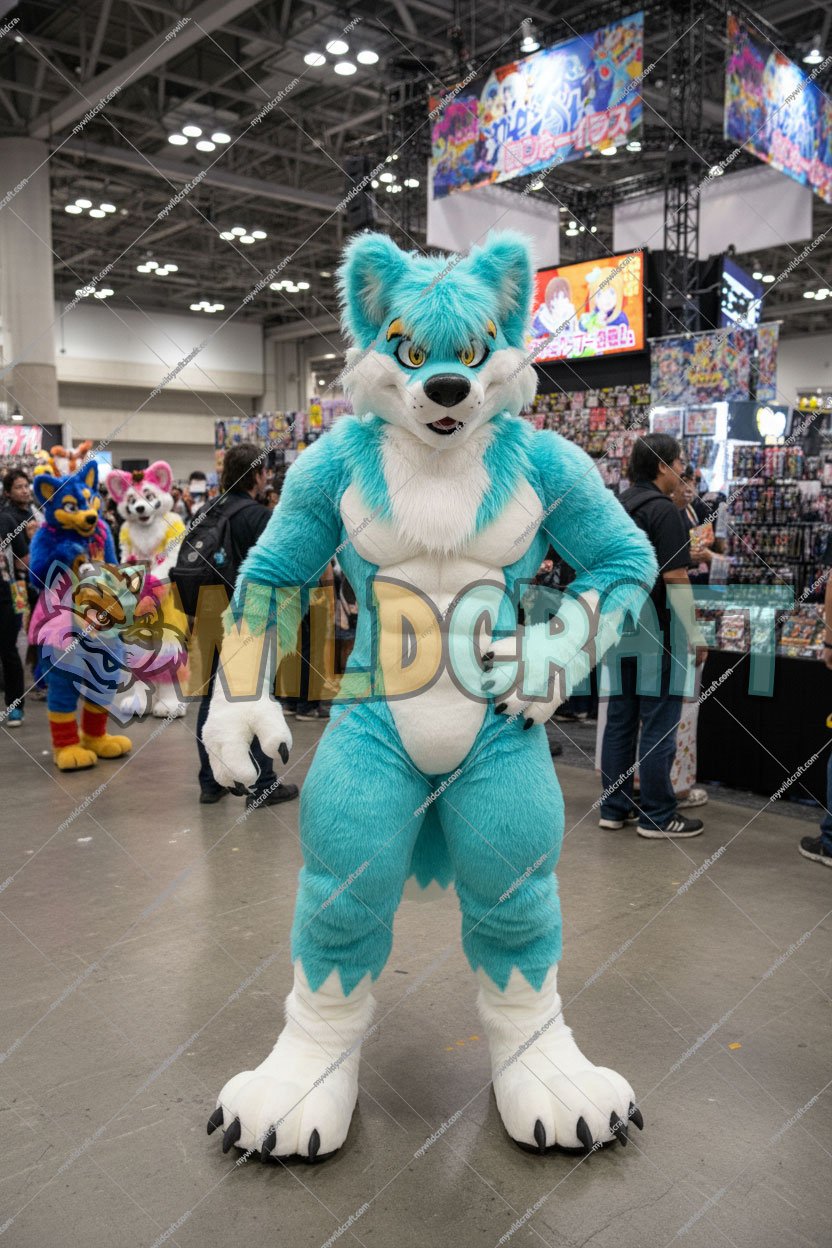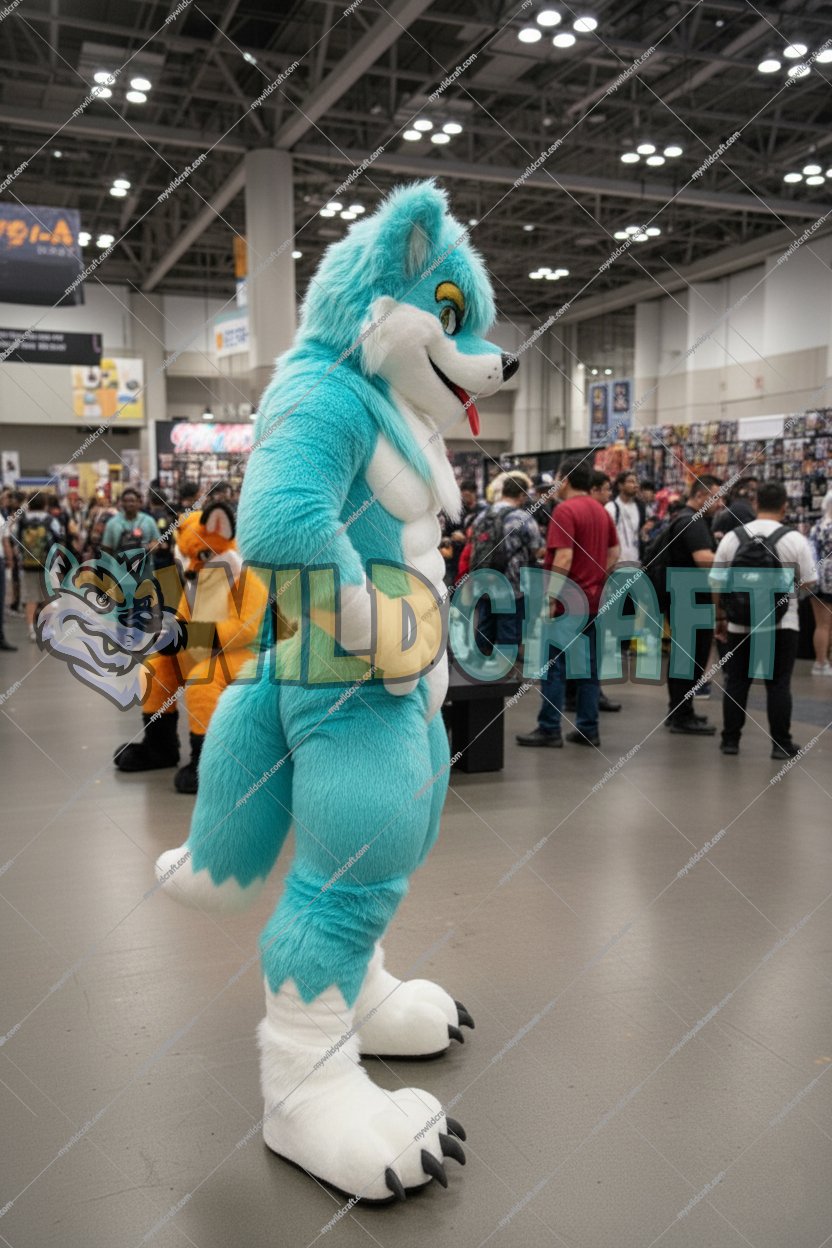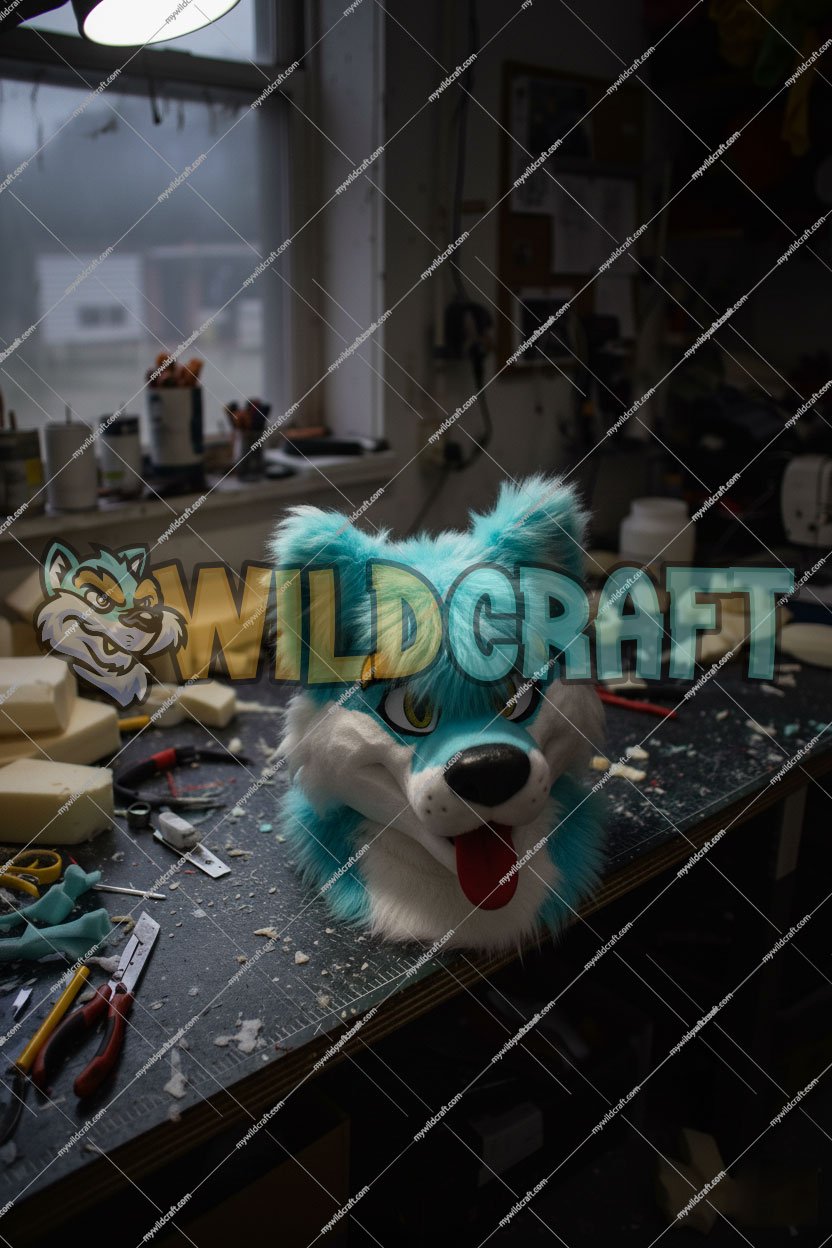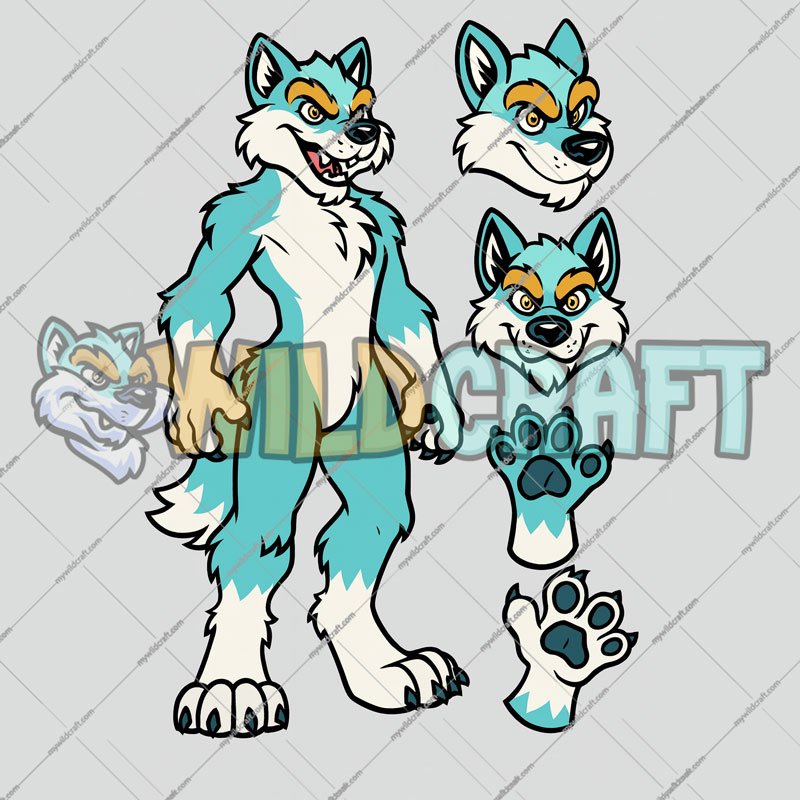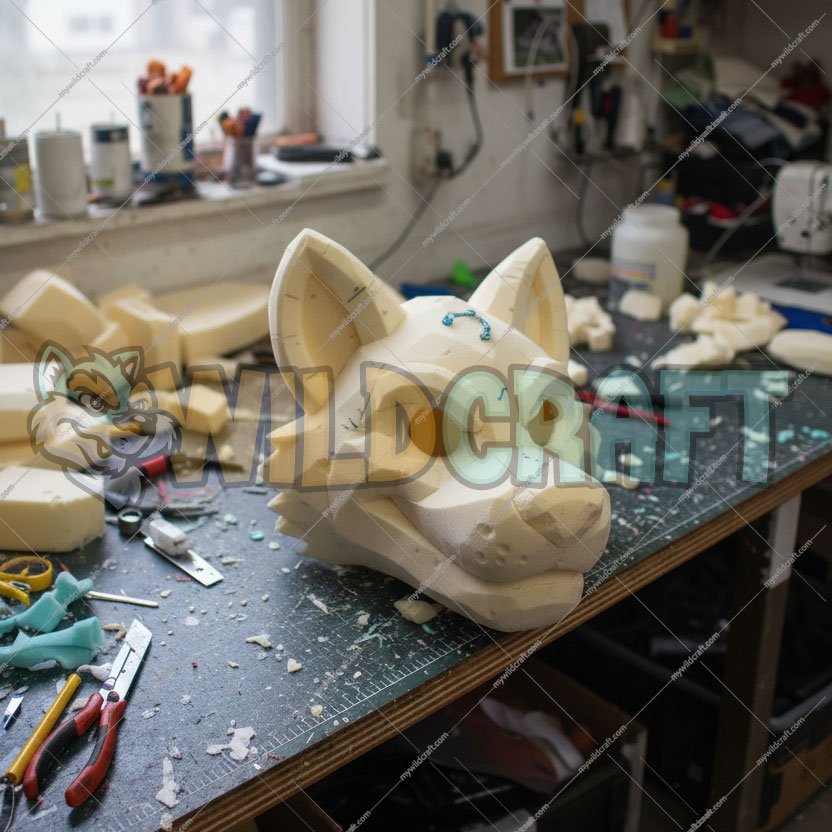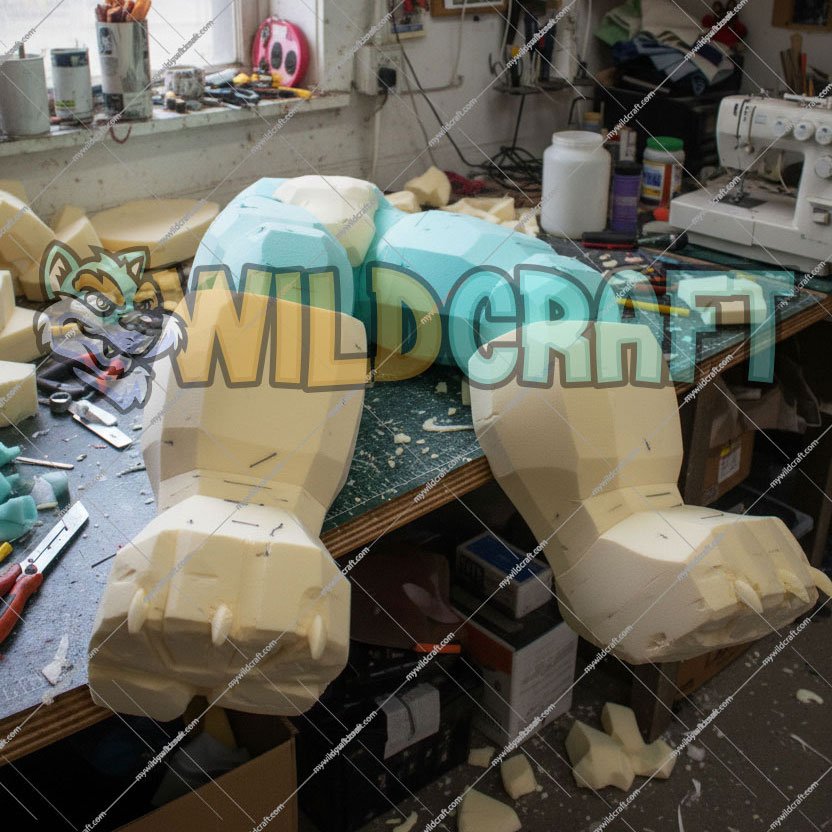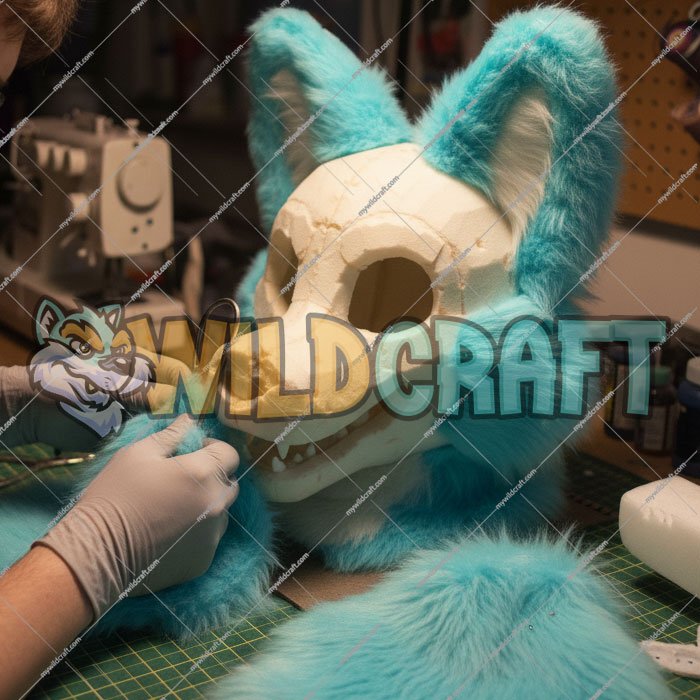To finish the build, the fur shell is sewn together using clean curved seams that follow the digitigrade sculpt, keeping pile direction correct and trimming seam allowances to prevent bulk, then the completed fur layer is slipped over the foam inserts and test-fitted while adjusting darts and shaping seams for a smooth, natural leg contour. Once the shape is locked in, the fur shell is integrated with the bodysuit by adding interior anchor points like elastic loops, hidden snaps, or Velcro tabs that connect to the internal harness straps, ensuring the padding stays lifted and aligned without restricting movement.
The harness system—typically nylon webbing at the shoulders and waist—supports weight and keeps muscle forms from shifting during walking, jumping, or crouching, while ventilation is managed by leaving breathable zones in the mesh base suit, cutting hidden vents behind knees and inner thighs, and optionally using perforated foam or mesh-lined fur panels in high-heat areas. Inside the suit, a smooth stretch lining (like performance lycra or athletic mesh) prevents rubbing and makes donning easier, while zippers are planned along low-stress seams such as the back, inner thigh, or side body line, depending on suit style, often paired with concealed magnet or Velcro closures for access to the padding compartments. Together, this setup keeps the padding modular, breathable, and secure, giving the wearer mobility, comfort, and maintenance access without sacrificing the crisp digitigrade silhouette.

